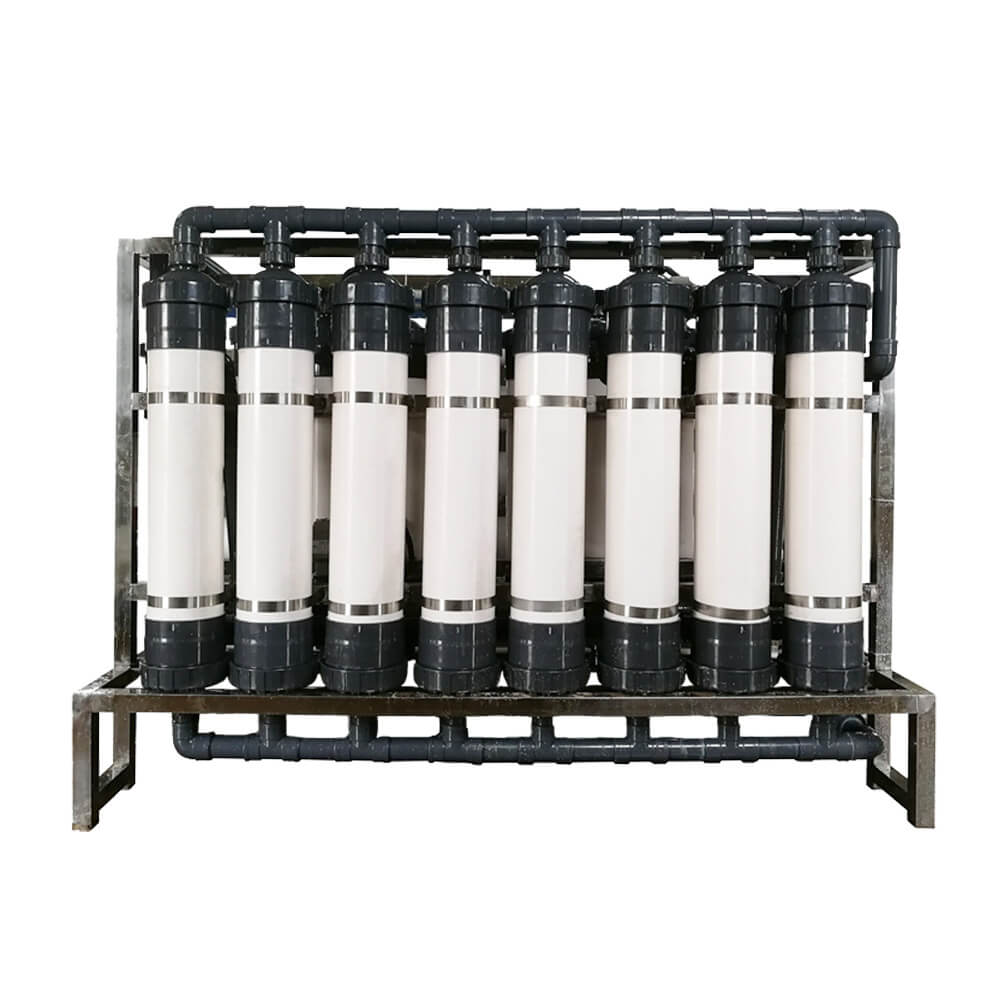How Do Ro Drinking Water Systems Work?
If you’ve ever taken a sip from a glass of water that came from the home of someone with a reverse osmosis system, you know how pure and refreshing it...
Do you know the application of ro plant in industry area?
The objectives of an RO plant for industrial use are distributed in the following way: 50% in desalination of seawater and brackish water; 40% in the production of ultrapure water...
What’s resin in water treatment?
Water treatment resin is divided into cationic resin and anionic resin, cationic resin is subdivided into sodium type and hydrogen type, sodium type resin will exchange calcium and magnesium ions...
What is chromaticity?
1. What is chroma?Chromaticity refers to the color of water, which refers to the yellowish or even yellowish brown degree of dissolved substances or colloidal substances in water. The chromaticity...
PHYSICAL WATER QUALITY
The physical quality of water is determined by intrinsic characteristics as well as by dissolved and colloidal substances in the water. Intrinsic physical properties include temperature, viscosity, and surface tension....
How to deal with rust of the water in ro system ?
When we design the ro water system,we need to consider the affect of the rust in the water. Rust is caused by Fe+,if it's go through to RO unit,it will...
Do you know RO cleaning?
RO membranes will inevitably require periodic cleaning, anywhere from 1 to 4 times a year depending on the feed water quality. As a general rule, if the normalized pressure drops...
How does Reverse Osmosis work?
Reverse osmosis works by using a high-pressure pump to increase the pressure on the salt side of the RO and force the water across the semi-permeable RO membrane, leaving almost...
What is Reverse Osmosis?
Reverse Osmosis is a technology that is used to remove a large majority of contaminants from water by pushing the water under pressure through a semi---permeable membrane. This paper will...



 8000LPH UF Mineral Water Treatment Plant
8000LPH UF Mineral Water Treatment Plant Ultrafiltration System For Agriculture 30TPH
Ultrafiltration System For Agriculture 30TPH Ultra Filtration System 4000LPH
Ultra Filtration System 4000LPH Customizable UF(ultrafiltration) Mineral Water Purification System 4000LPH
Customizable UF(ultrafiltration) Mineral Water Purification System 4000LPH UF(ultrafiltration) Mineral Water Treatment System 6000LPH
UF(ultrafiltration) Mineral Water Treatment System 6000LPH UF(ultrafiltration) Industrial Water Purification Plant 15000LPH
UF(ultrafiltration) Industrial Water Purification Plant 15000LPH